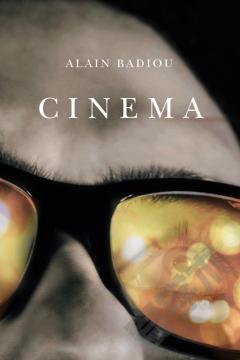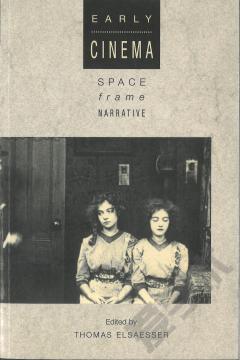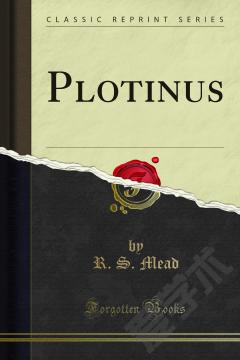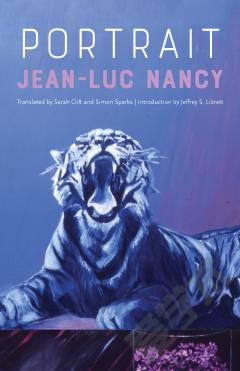Cinepoetry
Christophe Wall-Romana, Cinepoetry: Imaginary Cinemas in French Poetry. Verbal Arts: Studies in Poetics. New York: Fordham University Press, 2013. xv + 504 pp. "Cinepoetry" is an ambiguous term. In the past, it most often referred to a style of experimental filmmaking that followed a poetic or dream-like logic: the early films of Man Ray (whose 1926 Emak Bakia, was subtitled "cinepoeme"); the 1950s American avant-garde; and more recently, video-art. But a second sense of Cinepoetry inverts the subject-predicate relation. Used this way, the term refers not to poetic films but to film-like poems--to poetry modeled on or inspired by the cinema. It is this second meaning that Christophe Wall-Romana theorizes and applies to an expansive study of twentieth-century French poetry in his book Cinepoetry. Almost every major modern French poet is discussed. There are chapters on Mallarme, Raymond Roussel, Cocteau, Epstein, Breton, and Cendrars, as well as post-World War II schools such as Lettrism, and the more recent work of Max Jeanne, Maurice Roche, and Nelly Kaplan. The book persuasively argues that the advent and evolution of cinema had a pronounced effect on these writers--principally as a conduit through which new aesthetic, perceptual, and technological concepts were experienced and integrated into their poetry. Broadly speaking, Wall-Romana's method consists first of establishing a biographical link between a given poet and the cinema through extensive, and amply annotated, historical research (there are close to 1,500 footnotes); he then deploys concepts borrowed from film and media theory to analyze particular poems. The novelty of Mallarme's Un Coup de des (1897), for example, which Wall-Romana calls "the first poem mediated by the cinema," derived from the emerging ideas of mechanical projection and automated movement; Roussell's "La Vue" (1902) reflected a nascent awareness of photo-cinematic difference; for Cocteau, whose later career in the cinema is well known, the key early influence lay in the projectors ghostly, immersive embodiment; and for Blaise Cendrars as well as a generation of veterans returning home from WWI, films discontinuous editing presented a model for a post-traumatic temporality. Other writers--all the way up to the present--are understood in relation to decoupage, the haptic, and apparatus theory. As such an overview suggests, the theoretical movement of Cinepoetry runs exactly counter to that of adaptation studies, once the privileged mode of trans-disciplinary thinking across film and literature. Instead of following antecedent literary achievements into the newer medium of film, Wall-Romana projects concepts from film and media theory back to the domain of a prior literature. In this basic gesture Cinepoetry belongs to a new wave of interdisciplinary studies that correlate the rise of cinema in the early twentieth century with parallel developments in the literary arts--in particular, the emergence of modernism. (1) For critics interested in relations across media, this is both exciting and validating. And yet it also reveals challenges inherent to the various models yet available for cross-disciplinary work. Many of these challenges are variants of the standard problematic around influence familiar to any literary critic or art historian. For instance, Wall-Romana dedicates much of his chapter on Mallarme to the pursuit of an ultimately unverifiable hypothesis that the poet was a cinephile. We are presented with a map that shows the proximity of Mallarme's residence to a movie theater; a comic strip the poet drew that resembles a storyboard; published mentions of the cinema by his friends; and so on. Given the foundational status that Un Coup de des occupies for concrete poetry, the desire to subsume the poem under the cinepoetry banner is understandable. But the more Wall-Romana speculates on a biographical link between Mallarme and the cinema, the more circumstantial the case appears--and the less relevant it feels to the insights contained in his textual analysis. â¦
{{comment.content}}








 京公网安备 11010802027623号
京公网安备 11010802027623号